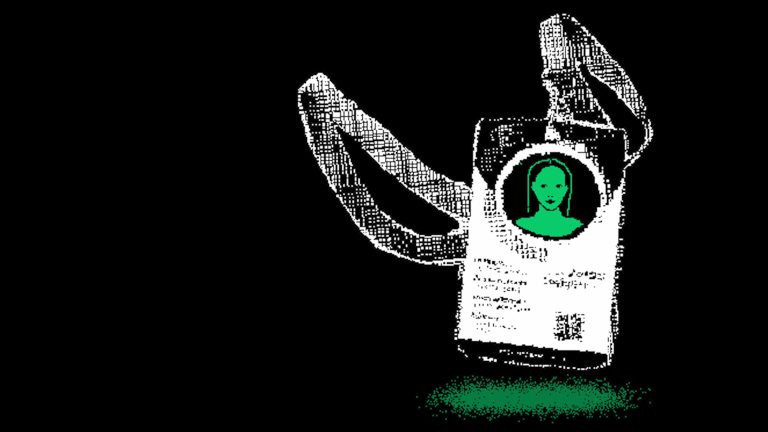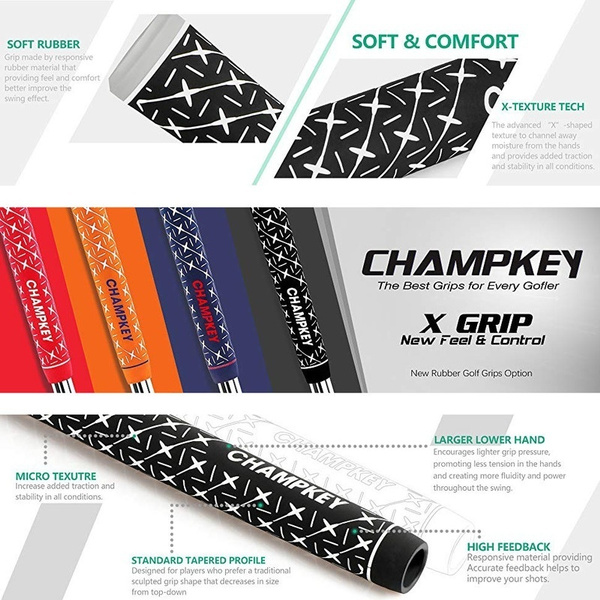Creating a logo that captures the essence of "higher better and lower the better" can be both challenging and rewarding. It's about merging creativity, symbolism, and simplicity into a powerful visual statement. Let's dive into 12 inspiring ideas that exemplify this philosophy in logo design.
1. Balance in Design
Understanding the right balance and harmony in your design can convey the message effectively.
Key Elements of Balance
- Symmetry: Use symmetry to depict balance, making both ends look equally appealing.
- Weight Distribution: Ensure elements are well distributed for natural eye flow.
- Meaningful Colors: Colors can suggest balance, like using blue for calm and red for energy.
- Visual Weight: Contrast elements to draw attention naturally without overwhelming.
2. Use Assembo.ai to Create Custom Backgrounds

How It Works:
- Upload product image
- Generate image or video background
- AI blends automatically
Why Assembo.ai?
- Time and cost-efficient
- Easy updates for different trends
- Diverse scene options
3. Vertical Power

The concept of hierarchy can be portrayed with vertical design elements displaying power dynamics.
Vertical Elements Advantage
- Hierarchy Visualization: Tall elements can signify dominance or leadership.
- Perspective Play: Use gradual size changes to imply distance or importance.
- Directional Flow: Guide the viewer's eye vertically for the desired impact.
- Reinforce Themes: Use upward movement to signify growth or improvement.
4. The Fountain of Growth
Visualize growth dynamics by incorporating the notion of higher being better in progression.
Growth Symbolization
- Rising Elements: Use lines or shapes that ascend or expand outward.
- Nature Motifs: Trees or plants can represent natural growth.
- Patterns: Repeater patterns building on each other imply systematic growth.
- Dynamic Movement: Vary motions within the logo to simulate progress.
5. Inverted Images
In data visualization, sometimes lower values are better, and this concept can translate into visual storytelling in logos.
Representing the Concept
- Contrast and Reversal: Use high contrast between elements to highlight inversions.
- Negative Space: Play with negative space to depict what is absent yet important.
- Direction Changes: Utilize downward or inward movement lines to illustrate lesser is more.
- Simplified Elements: Strip down visuals to their essence to focus on key messages.
6. Curved Fluidity
Integrating curves can demonstrate fluid movement and transitions between high and low states.
Why Use Curves
- Natural Motion: Curves mimic natural movements found in nature.
- Visual Softness: They add a gentle touch, breaking away from rigidity.
- Encapsulate Change: Curves can show dynamic change from one state to another.
- Balance and Harmony: Use curves to bring elements into a visual equilibrium.
7. Contrast Within Unity
Show effective contrasts and bring different elements together to deliver a message of unity in diversity.
Building Contrast
- Color Pops: Use bold colors against monochrome backgrounds.
- Differential Sizes: Vary the sizes of logo elements to emphasize certain parts.
- Typography Styles: Mix serif and sans-serif fonts within the same design.
- Shape Differences: Incorporate shapes that contrast each other visually for emphasis.
8. Ladder of Success

A logo with stair-type structures symbolizes stepping up and achieving.
Building Your Ladder
- Layered Steps: Stack up straight or slightly off-kilter steps for dynamic layering.
- Graphic Shadows: Use shadows to add depth and realism to the "steps".
- Consistency in Width: Keep step widths uniform for a clean look.
- Integration with Text: Weave text naturally into the step design for cohesion.
9. Threshold of Change
Design logos that convey a clear crossing point or transformation threshold, such as how higher 25-hydroxyvitamin D concentrations lead to better muscle function.
Change Elements
- Gradual Shading: Transition colors across the design to imply transformation.
- Bridging Motifs: Use bridges or archways to indicate movement through a threshold.
- Dual-tone Symmetry: Split the logo into two parts to represent differing states.
- Animate in Layers: Use layered animation elements to portray change over time.
10. Betterment through Simplicity

Embrace the simplicity and elegance in design that says "less is sometimes more."
Simplicity Tactics
- Negative Space Usage: Leave breathing space within the design.
- Less Detail, More Impact: Focus on a few strong elements to carry a big message.
- Restrained Color Palette: Use minimal colors for maximum visual impact.
- Timeless Typography: Choose classic fonts to maintain simplicity.
11. Dual Arc Depiction

Capture arcs that convey both ascent and descent, mirroring the benefits of higher wages and lower unemployment.
Crafting your Dual Arc
- Circular Progressions: Circles exhibit completeness and continuity.
- Directional Arrows: Blend arrows indicating up and down flows into arcs.
- Synchronize Elements: Coordinate different arcs to show various synergies.
- Symbolic Representation: Use arcs to represent trade-offs in balance.
12. Symbolic Height with Earthiness
Let your logos illustrate how higher might equate to better productivity and lower reflect foundational stability.
Crafting the Connection
- Element Heights: Implement high-reaching elements to signify ambitions.
- Grounding with Earth Tones: Use earthy tones to anchor high-reaching visuals.
- Direct Connection: Show tangible links between abstract and concrete elements.
- Shape Continuity: Continue themes through repetitive geometric shapes.
Final Thoughts
Designing a logo that aptly expresses "higher better and lower the better" requires thoughtful integration of visual dynamics, symbolism, and artwork. From vertical empowerment to symmetry balance, these concepts offer you creative freedom to craft logos that clearly communicate your brand's identity and values.
See Also
Now, embark on creating your intuitive and powerful logos that stand out and make a statement!






